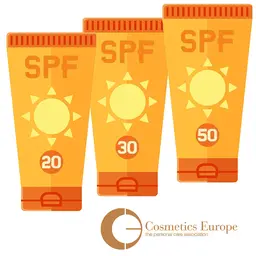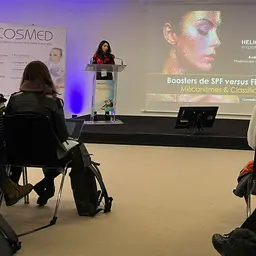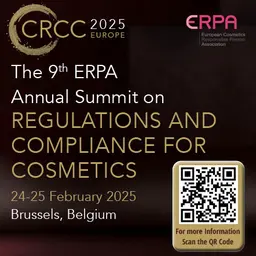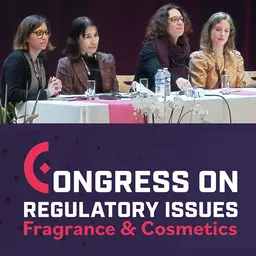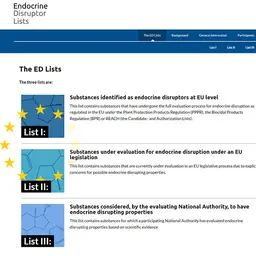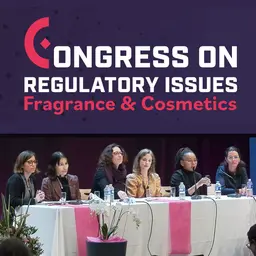
It is an understatement to say that a validated in vitro test method for measuring the value of an SPF is long overdue. Many projects are under consideration, but two of them seem much more promising than others as they are well advanced in the ISO instances. During the Cosmetotest symposium, organised on May 24th and 25th by Skinobs and Cosmet’in Lyon, Sébastien Miksa from HélioScreen, explored the future of the in vitro SPF measurement method of the future standard 23675, called “Double Plate”.
We know the importance of protection against the harmful effects of the sun on the skin and health, against UVB to avoid sunburn and skin burns, against UVA to prevent photoaging and hyperpigmentation, not to mention the development of skin cancers…
We also know that there is an in vitro method for measuring the protection index against UVA, which is not yet the case for SPF.
The difficulty of the SPF in vitro
The SPF (Sun Protection Factor) is an international reference to express the level of protection of cosmetic products against UVB rays. It is a relative scale of effectiveness against redness and erythema that allows products to be compared with each other, and is used to guide consumers in their choice of protection through product labelling.
This level of UVB protection must be measured by standardised, reproducible methods that take into account the photodegradation of the product. Today, it is determined using the internationally standardised ISO 24444 method, an “in vivo” method.
However, measuring the protection index in vivo poses major ethical problems linked to the exposure of volunteers, and it is obvious that the industry should move towards an in vitro method(s), provided that it (they) allow …

